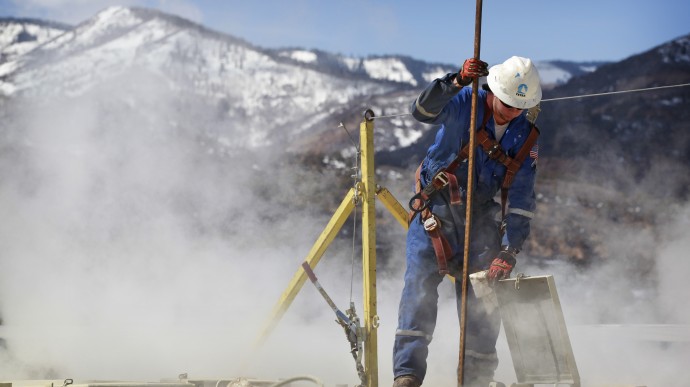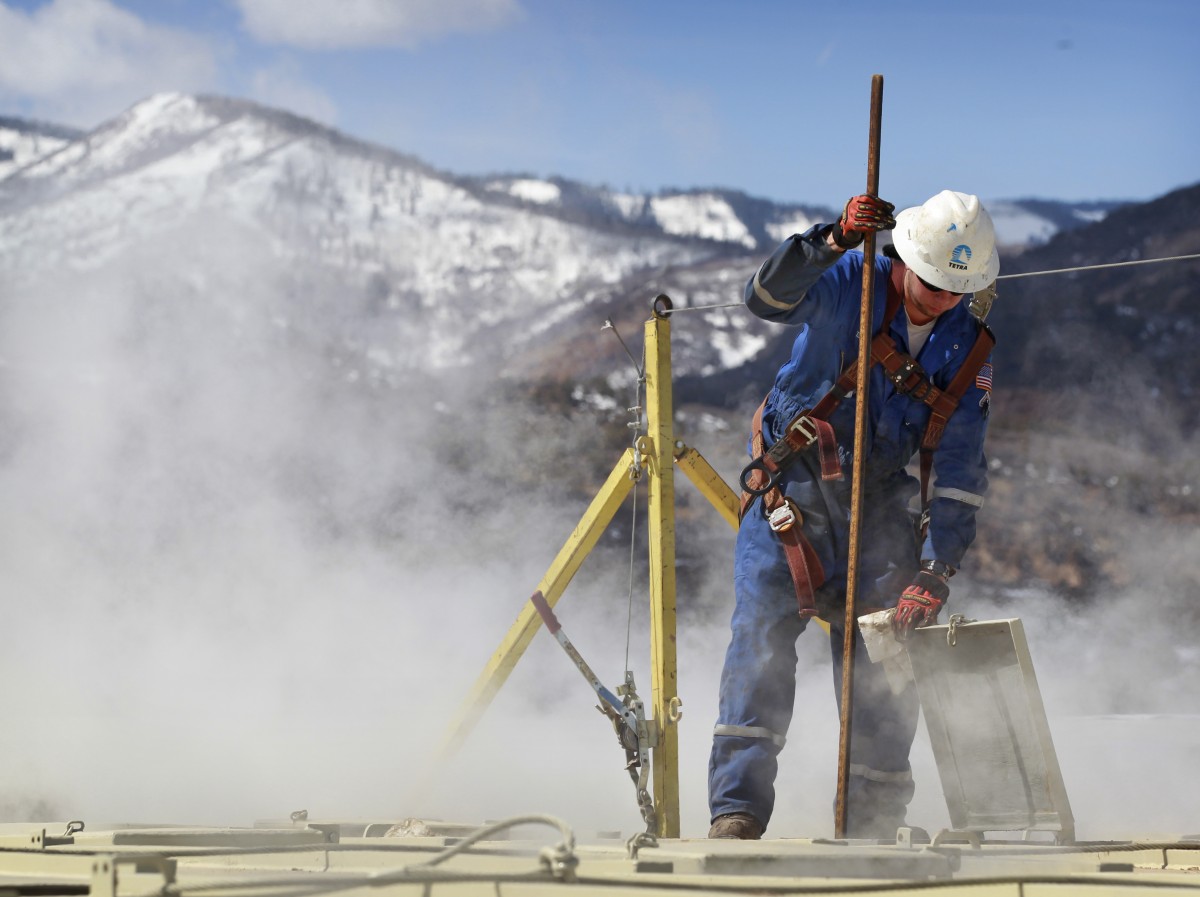
A recent study has offered evidence to confirm that the chemicals used in hydraulic fracturing — or hydrofracking — may offer a potentially serious risk to public health. Researchers at the University of Missouri have found evidence of hormone-disruption in water near fracking sites in western Colorado — including samples from the Colorado River.
With hydrofracking using products that have over 100 known or suspected endocrine-system disrupting chemicals, the presence of hydrofracking fluid in the Colorado River presents a health threat to more than 30 million people. In 39 water samples from different sites, 89 percent showed estrogenic activities, or the presence of chemicals promoting the presence of estrogen in the body; 41 percent showed anti-estrogenic activities; while 46 percent showed anti-androgen properties.
The artificial spike or depression of estrogen and androgen can lead to cancer, infertility, birth defects and other diseases. Estrogen is a group of chemicals that serve as the primary female sex hormone, responsible for triggering and maintaining both menstrual and estrous cycles. Androgen is a class of hormones that includes testosterone, the primary male sex hormone. In females, androgen is used to make estrogen.
Samples taken from Garfield County, Colo. — where hydrofracking chemicals were accidentally spilled — show moderate-to-high levels of the hormone-altering chemicals, while samples from the Colorado River showed moderate levels.
Due to the “Halliburton loophole,” the oil and gas industry are exempt from key provisions in the federal Safe Water Act. Hydrofracking works by shattering subterraneous shale with high-pressure streams of hydrofracking fluid, releasing trapped layers of bitumen or natural gas.
Even though the hydrofracking industry insists that fracking fluids are contained and cannot pollute the water table, it is known that 30 percent of all water used in hydrofracking is never recovered. With one well taking as much as 7 million gallons of water to be fracked, this can represent a significant amount of contaminated water in close proximity to the water table.
According to a report by Ceres, nearly half of the nation’s oil and natural gas wells are in areas where the water tables are under high or extremely high stress, meaning that at least 80 percent of the region’s homes or businesses draw their water from it. Ninety-two percent of Colorado’s wells are in extremely high water stress areas, meaning that — beyond the threat of water contamination — hydrofracking uses needed water resources.
However, in light of the current energy boom and the significant increase in state revenues hydrofracking has brought, many state legislators have turned a blind eye to the dangers of the procedure, while a few have taken deliberate steps to protect hydrofracking. Colo. Democratic Gov. John Hickenlooper has indicated that he will sue any Colorado municipality that moves to ban hydrofracking in its borders.
“Nothing makes me less happy then to have to be in a lawsuit with a municipality,” Hickenlooper told CBS4 Denver. “The bottom line is, the way we have a split estate in this part of the world — pretty much all of the western United States — someone paid money to buy mineral rights under that land. You can’t harvest the mineral rights without doing hydraulic fracturing, which I think we’ve demonstrated again and again can be done safely.”


